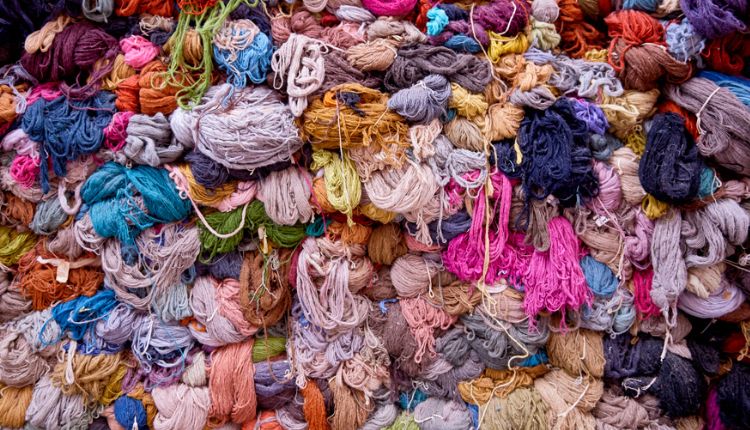In every corner of the world, people have always told their stories through textiles. From the high plateaus of the Himalayas to the design studios of Europe, rugs have evolved from simple floor coverings into cultural narratives woven in wool, silk, and color. They connect us to heritage, reflect contemporary aesthetics, and serve as bridges between distant traditions.
The Ancient Roots of Rug Weaving
The art of rug-making stretches back thousands of years. In regions across Central Asia and the Middle East, nomadic tribes wove carpets to insulate their tents and mark important life events, while also encoding beliefs and myths into repeatable motifs. Each knot carried meaning; every medallion or border told a chapter of a larger story.
As trade routes expanded – most famously the Silk Road – these textiles travelled widely, introducing new materials, colors, and knotting techniques to different cultures. The exchange transformed rugs into true hybrids, blending motifs from East and West and making carpets a uniquely global medium for art and craft.
Kathmandu: The Spirit of the Himalayas
In Nepal and the broader Himalayan region, rug weaving is preserved as both a craft and a meditative practice. Many carpets are made using the traditional Tibetan knotting method, a meticulous process in which artisans tie individual knots around the warp. The technique produces remarkable density, durability, and dimensionality – qualities that can be felt underfoot and seen across the surface of a finished rug.
Natural materials such as highland wool and hand-spun silk remain central, resulting in textures that are soft to the touch yet visually striking. Patterns may echo sacred symbols, cloud bands, or stylized mountain landscapes, while contemporary interpretations add subtle gradients and abstract fields of color. If you’re curious to explore modern expressions of Himalayan craftsmanship, browse today’s selection of SayRug Nepal rugs collection – each piece a living link to centuries of artistry.
Milan: The Capital of Contemporary Elegance
Meanwhile, Europe – especially Italy – has long been synonymous with design innovation. Milan’s influence spans fashion, architecture, and interiors, and the city’s approach to rugs is no exception. Contemporary ateliers reimagine floor art by pairing artisanal hand-knotting with modern design languages: confident geometry, refined color blocking, and tactile experimentation that plays with pile height, lustre, and fiber blends.
The result is a distinctive dialogue between heritage and modernity – rugs that feel like functional sculptures, able to anchor minimalist spaces or add polish to richly layered rooms. To experience this fusion of elegance and innovation, discover the world of Mohebban Milano, where Italian sensibility meets timeless craftsmanship.
A Universal Language of Craft
What unites Himalayan tradition and European design is their ability to communicate without words. A hand-knotted carpet can express serenity through tonal fields, energy through rhythmic geometry, or memory through weathered, time-softened textures. Regardless of origin, the medium invites quiet contemplation – and delivers a sense of place.
- Heritage Craftsmanship: Hand processes celebrate human skill and subtle irregularity – signatures that machines can’t replicate.
- Material Integrity: Natural fibers such as wool and silk offer durability, resilience, and depth of color.
- Design Intent: Patterns, palettes, and textures are developed to shape mood, scale, and flow within a room.
More Than Décor: Rugs as Art and Investment
Luxury rugs do more than decorate; they appreciate with the stories we live in them. Because each is handmade – often with rare fibers – no two pieces are identical. With proper care, a fine rug can last for generations, developing a patina that deepens its character and value. In this sense, a rug functions like a painting you can walk on: a daily encounter with beauty and craft.
Bringing the World Home
Choosing a luxury carpet is ultimately about curating an atmosphere. Think of the rug as the room’s quiet conductor – it can ground a bold furniture scheme, soften hard architecture, or add a layer of warmth to minimalist spaces. Whether you’re drawn to time-honored motifs rooted in the Himalayas or to the sleek restraint of contemporary European design, the right piece will tell a story that resonates with how you live.






